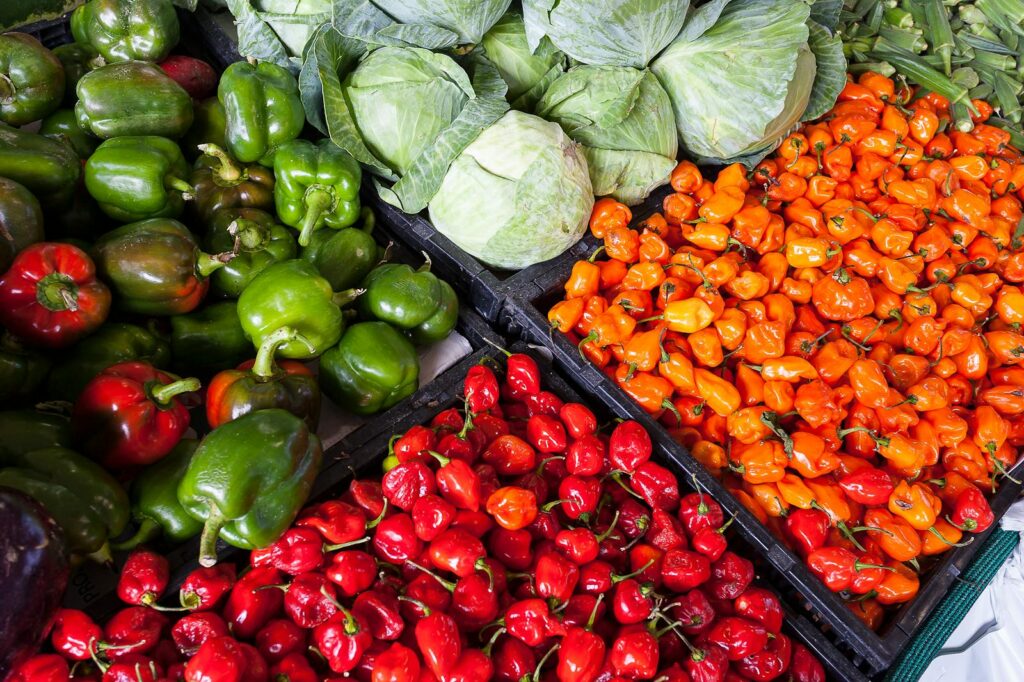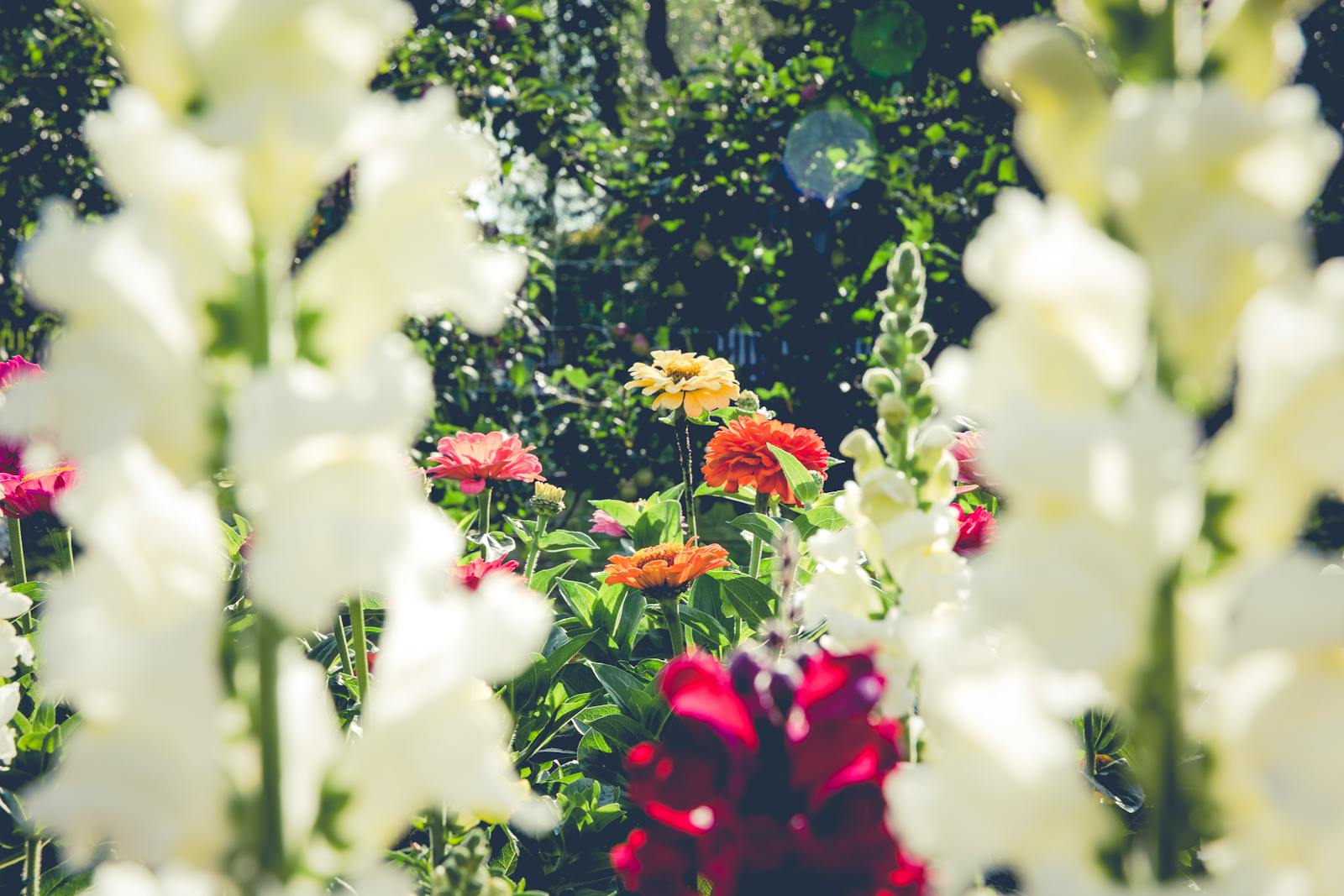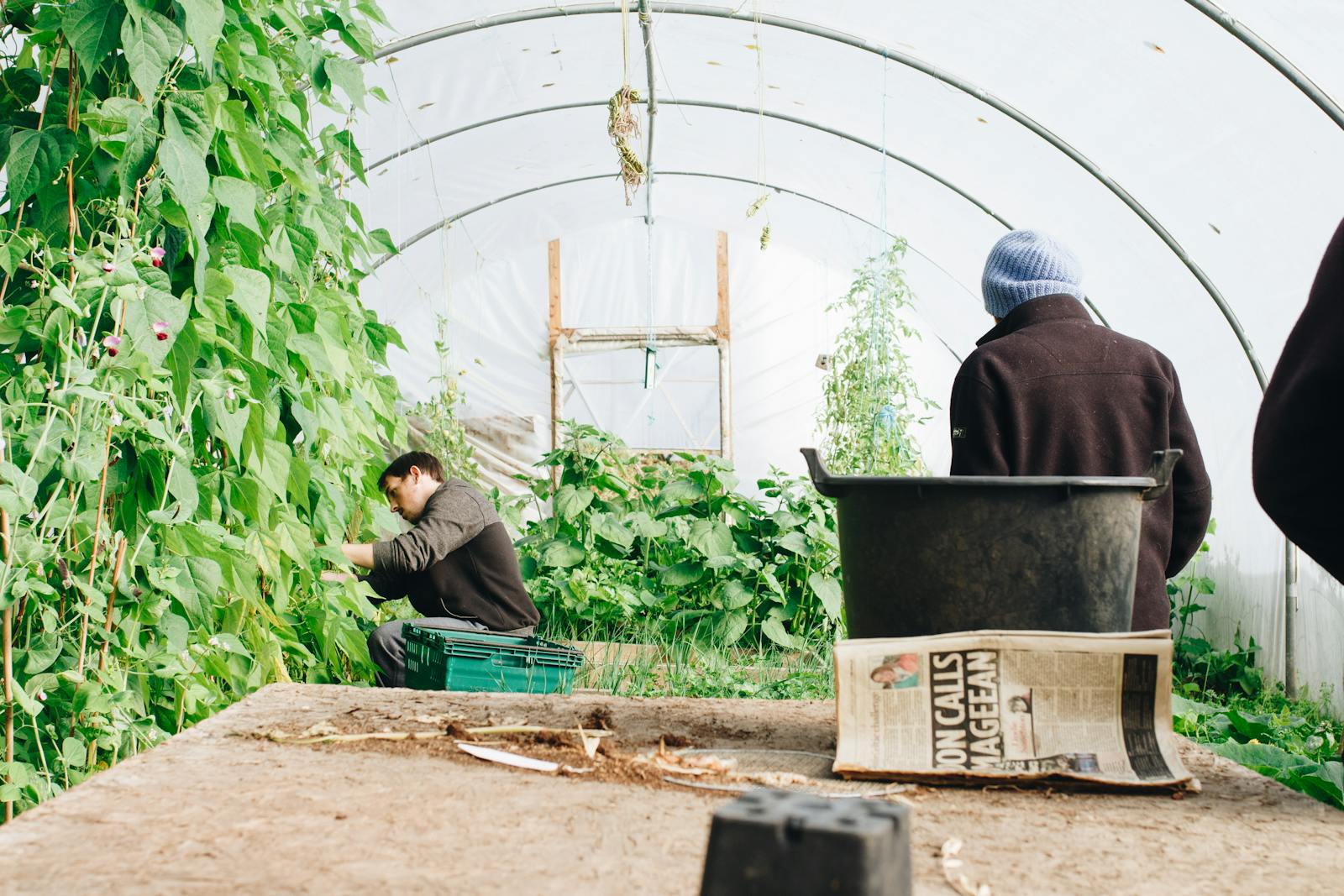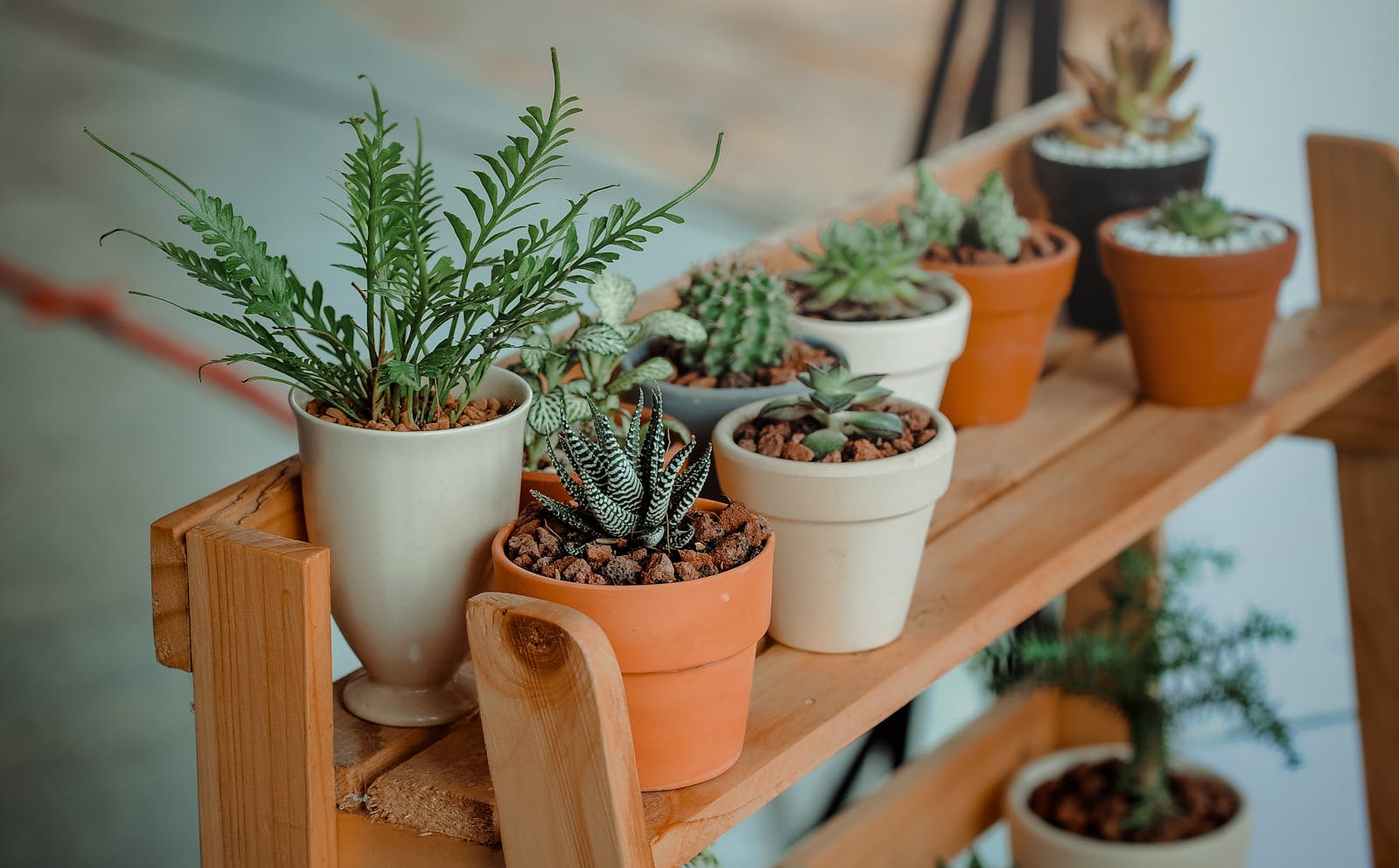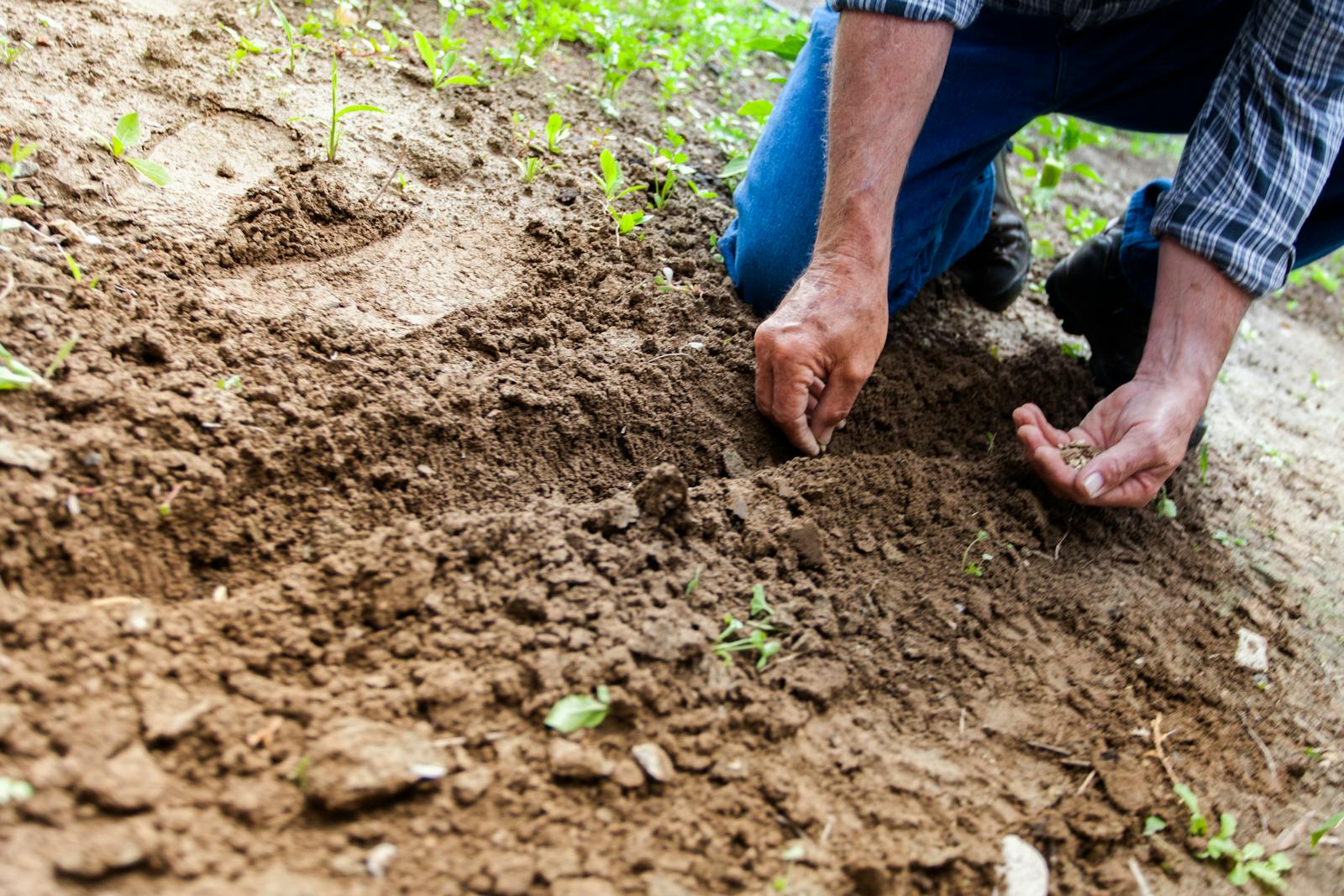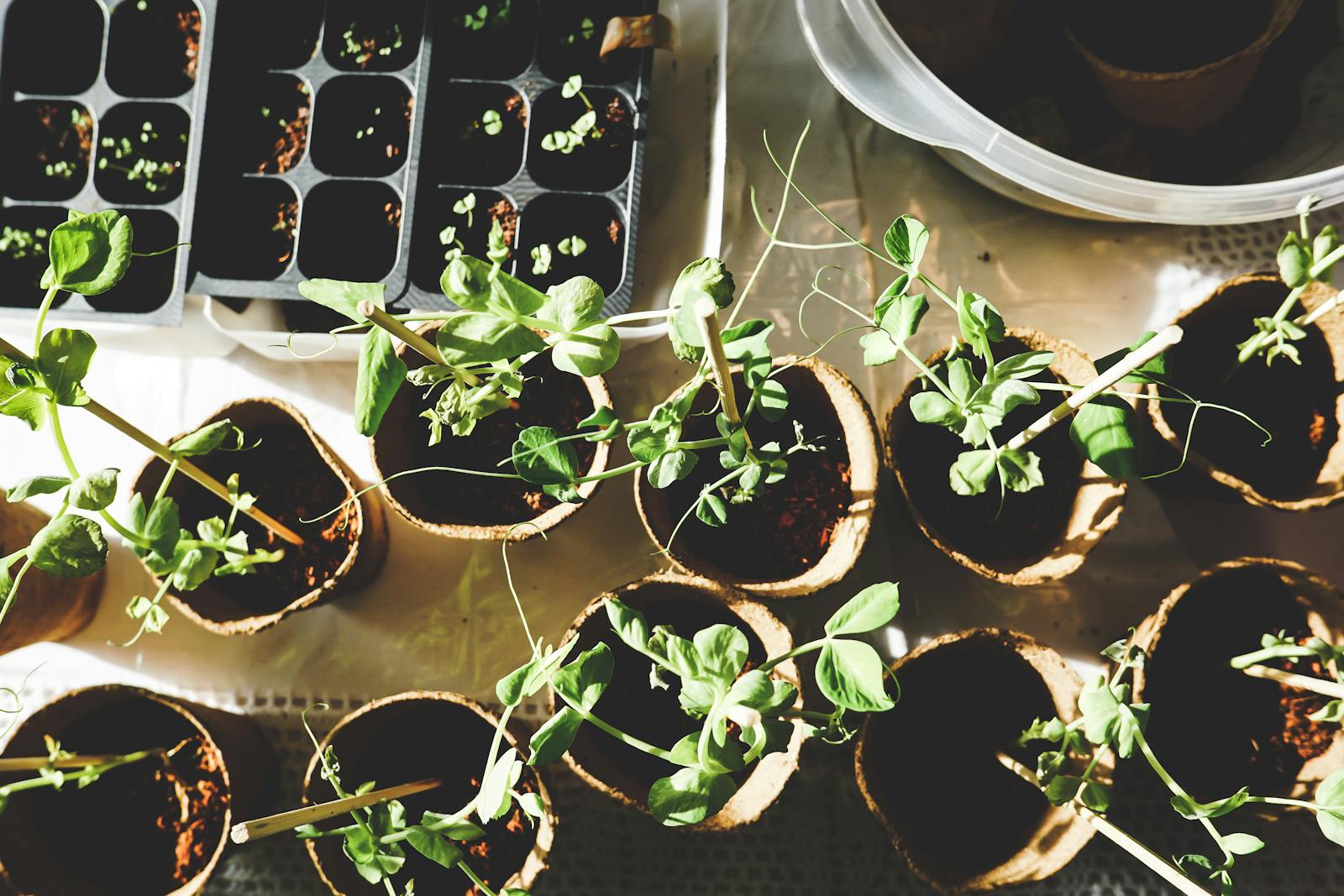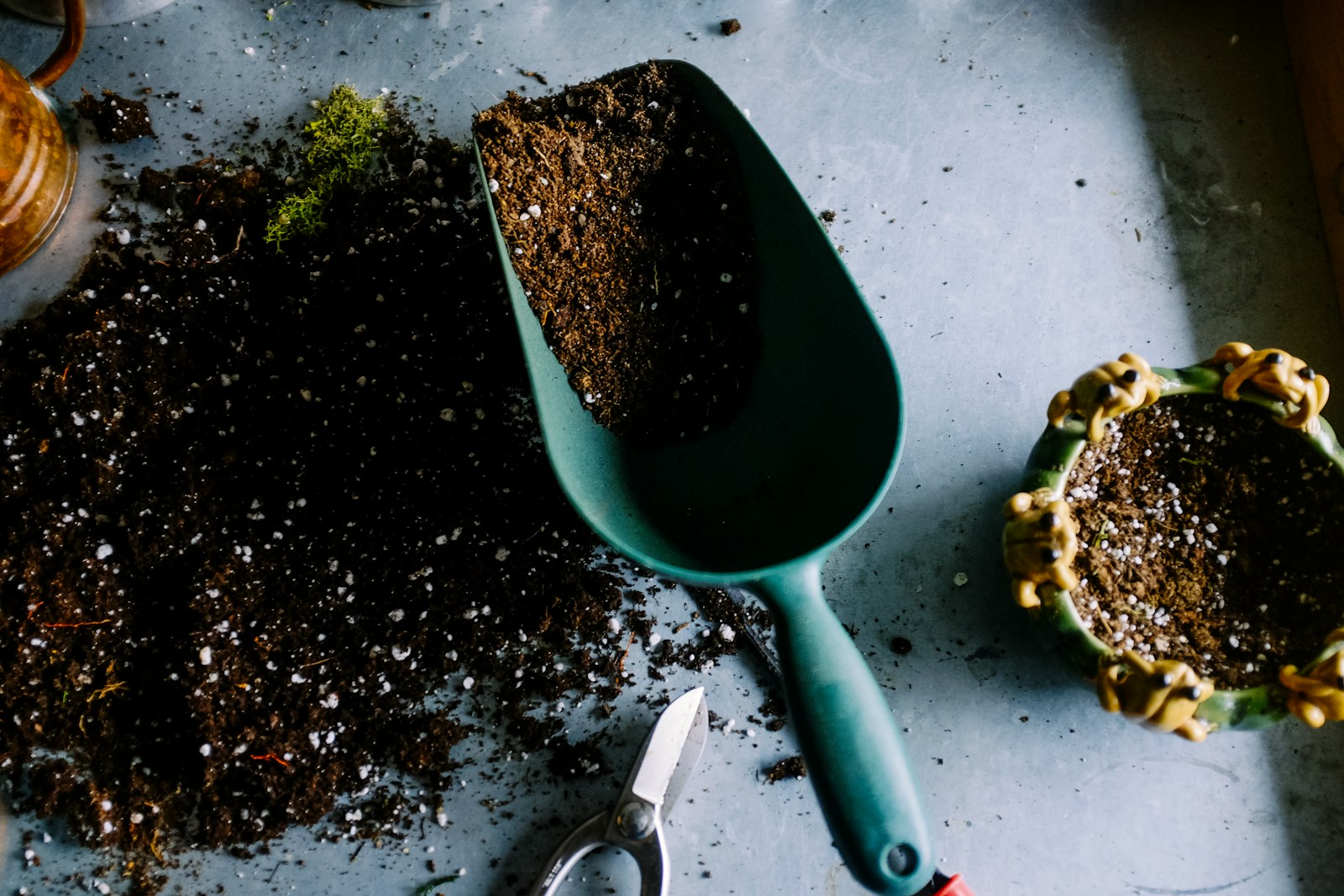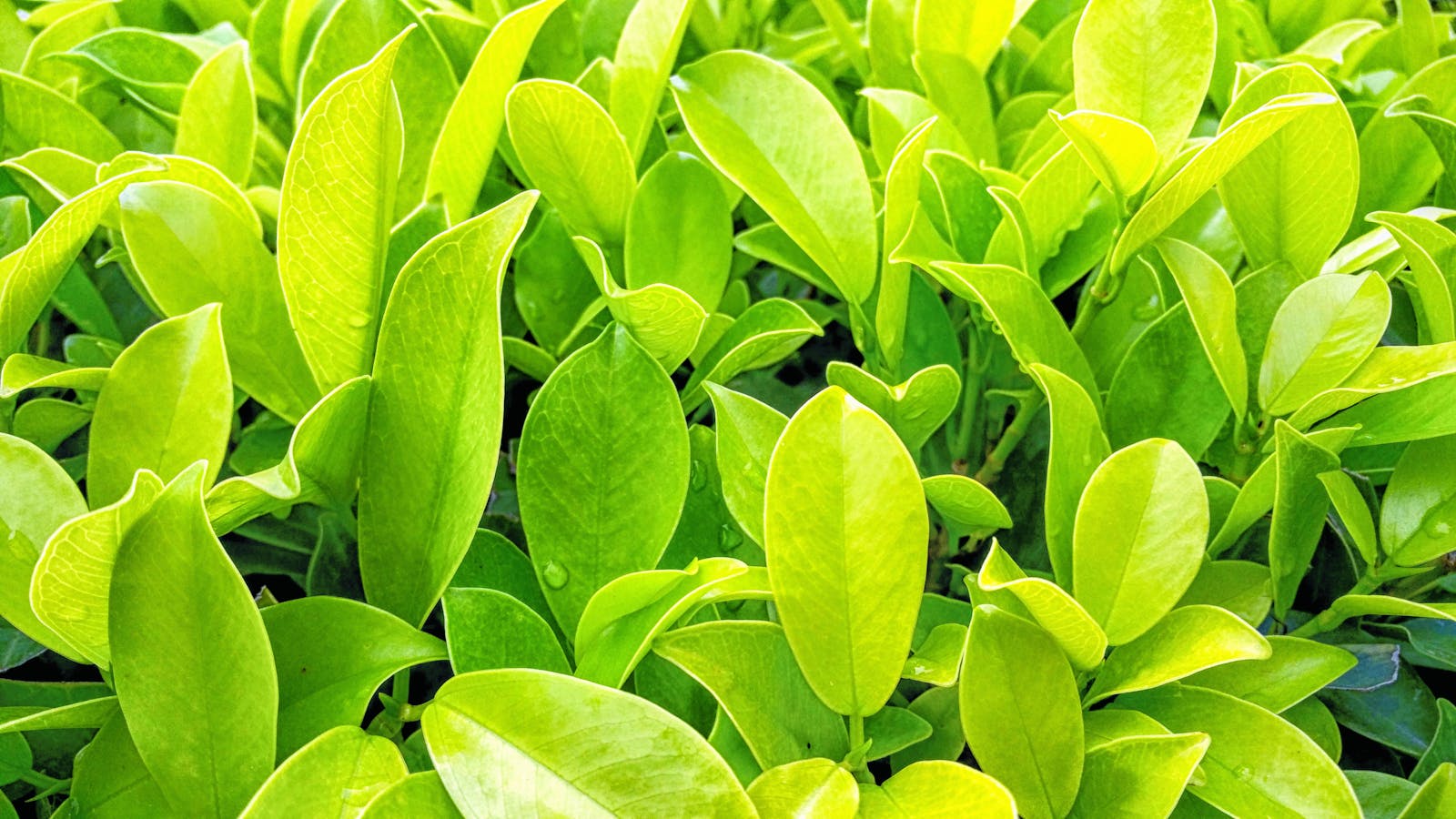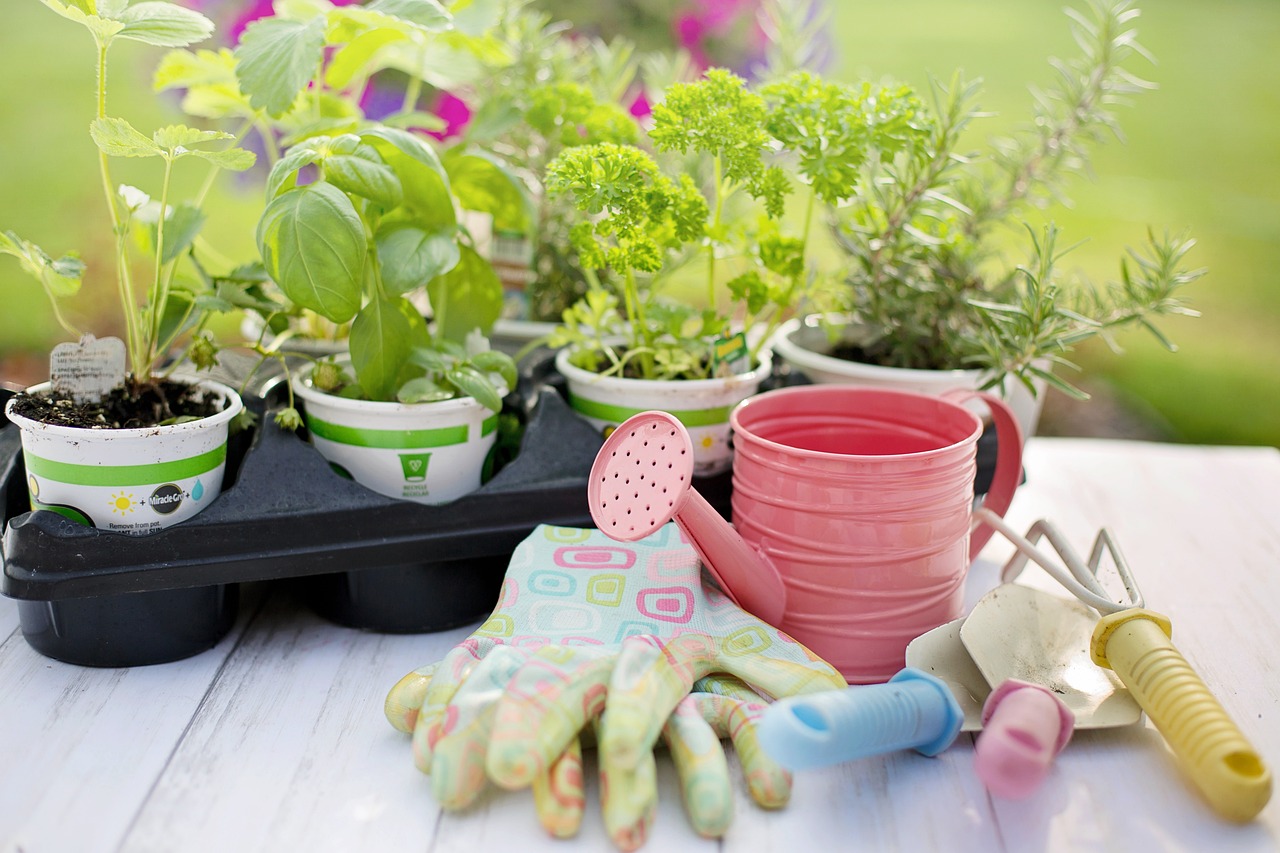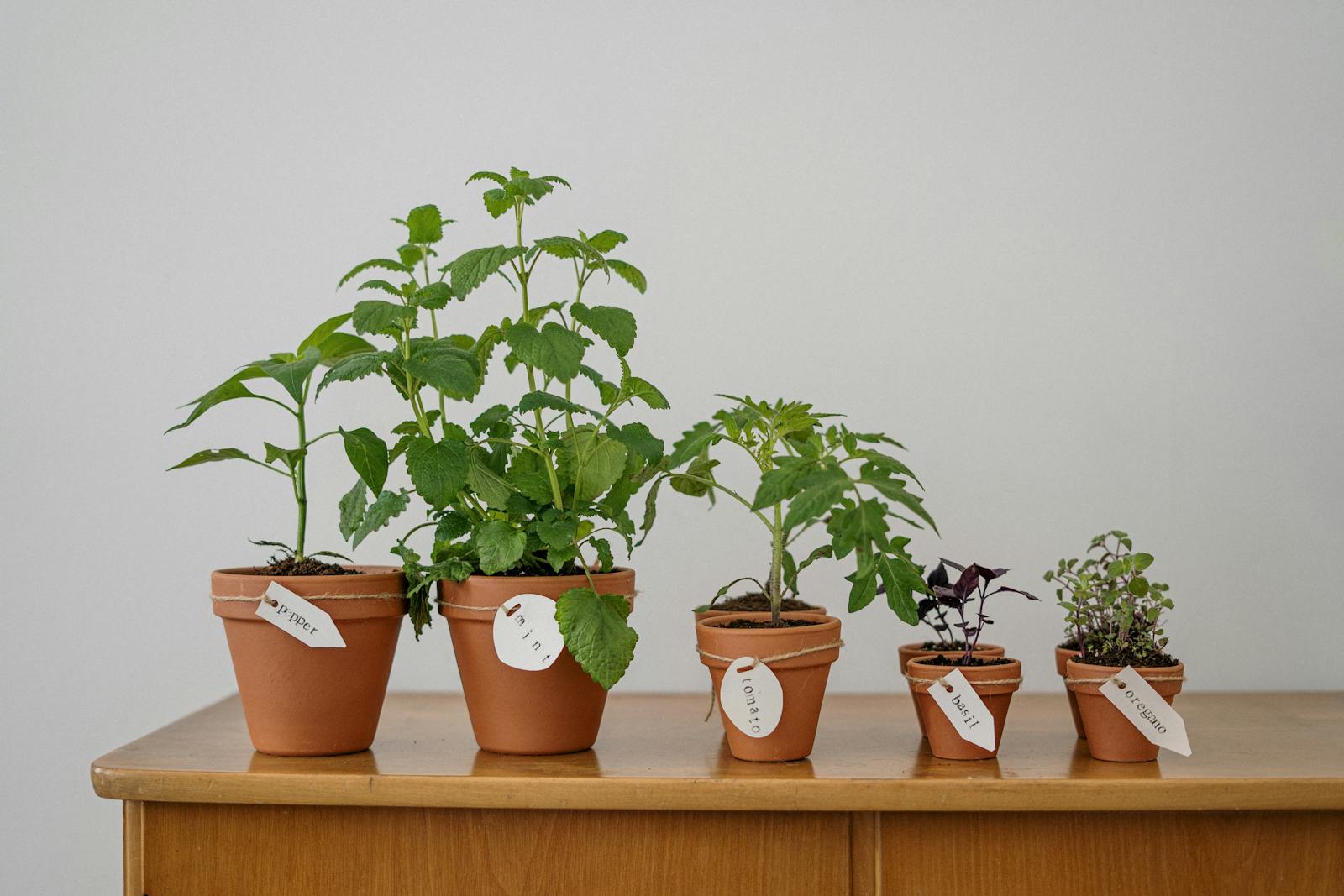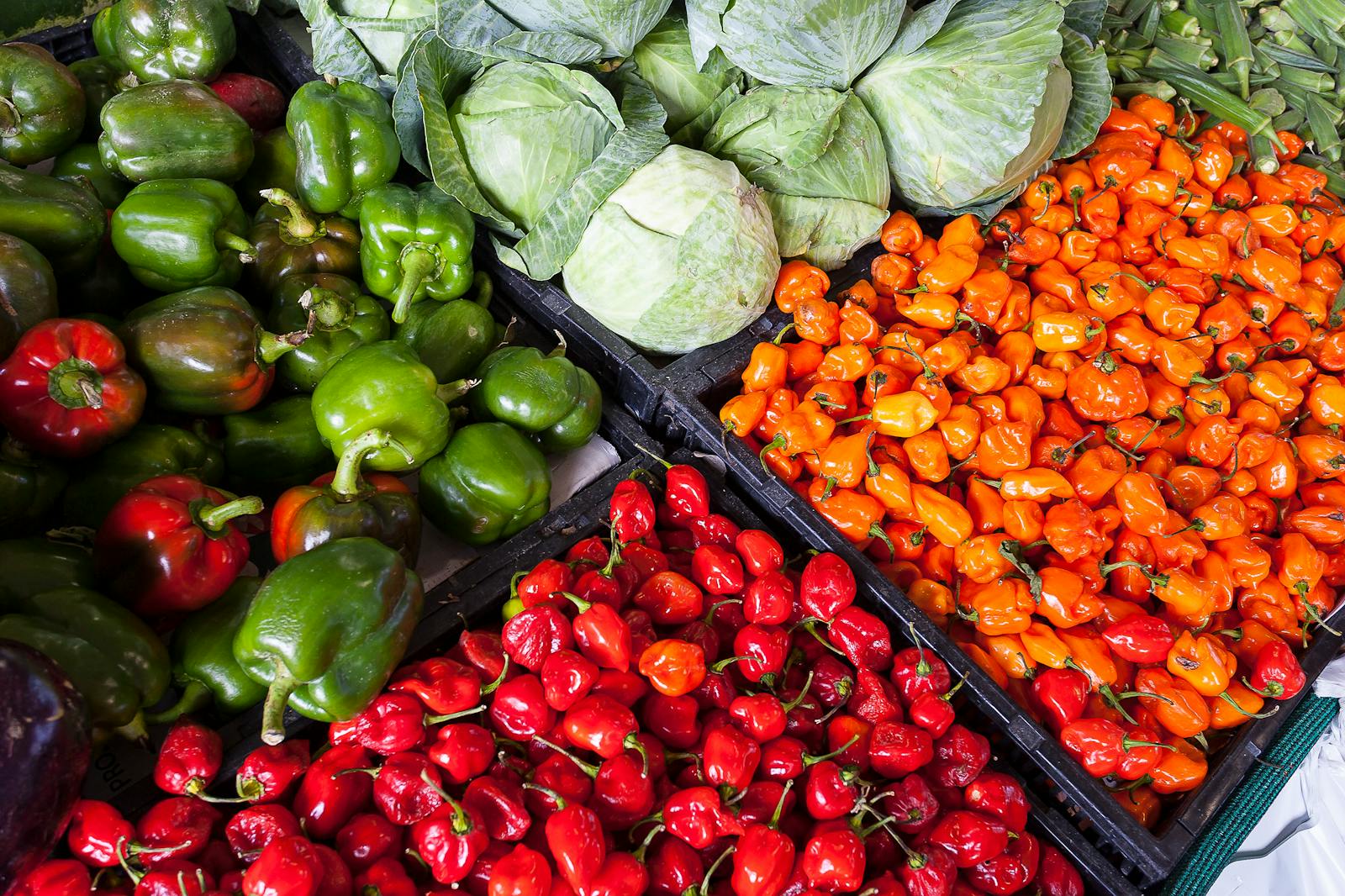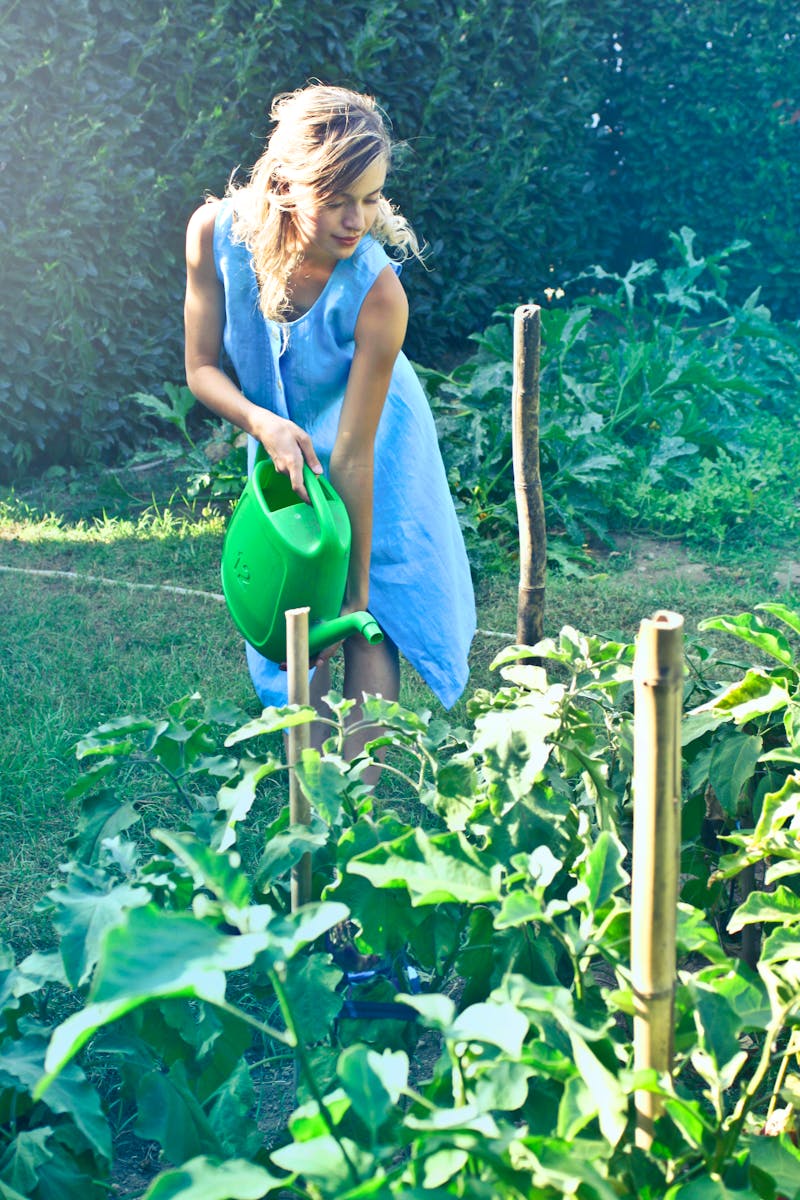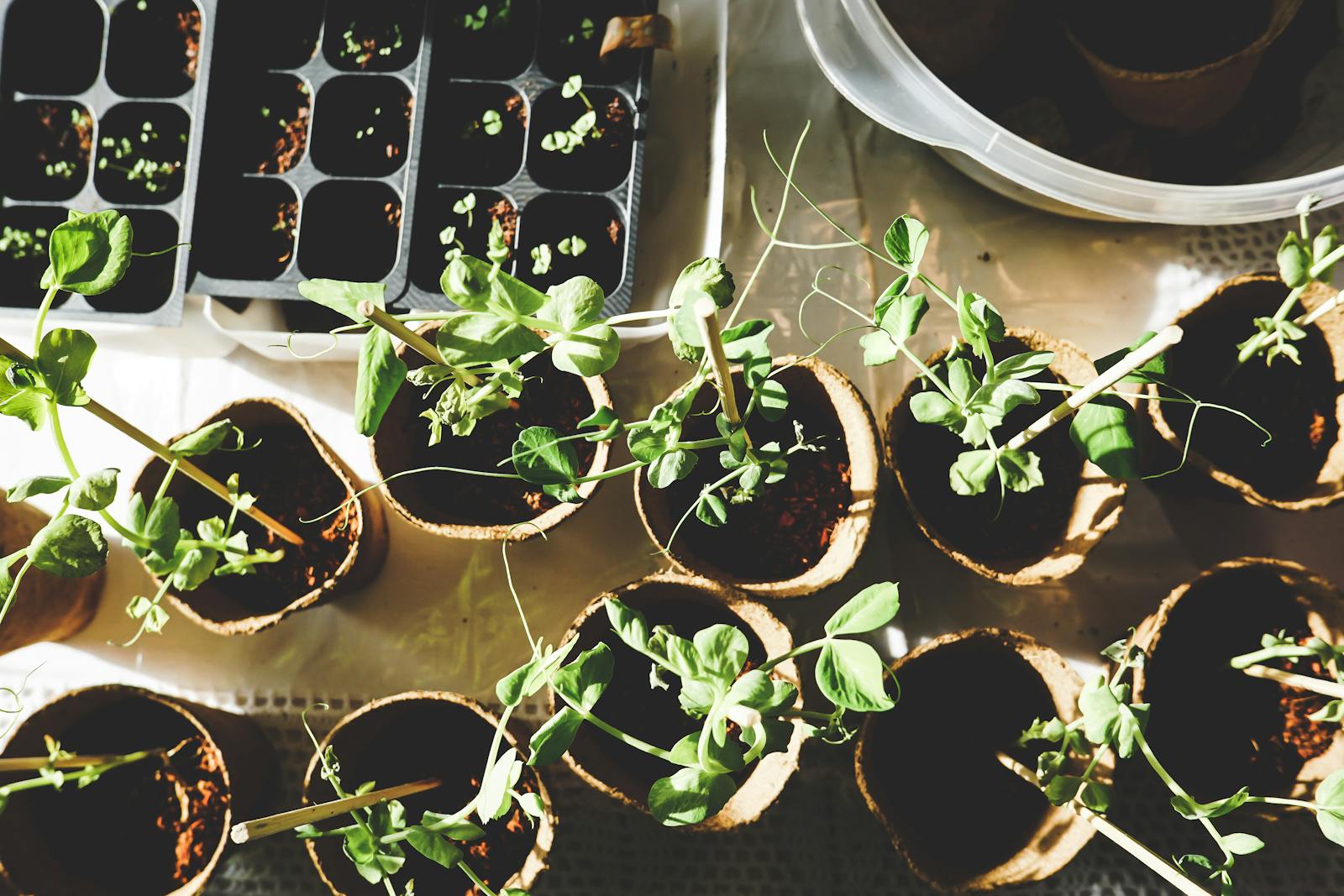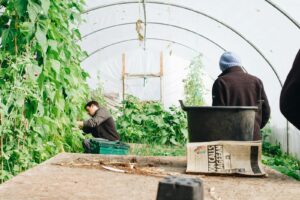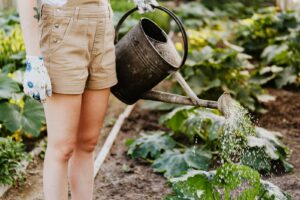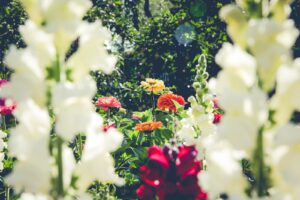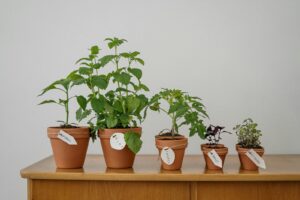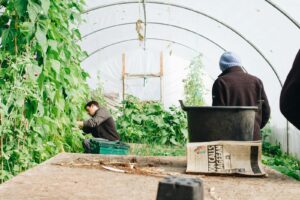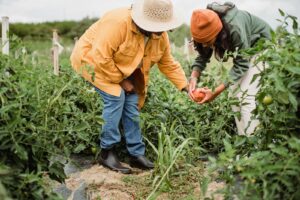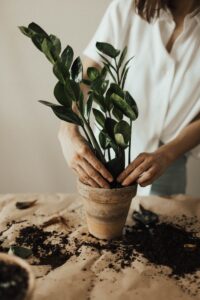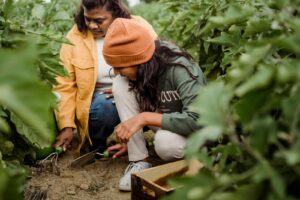Introduction
For those with limited space, small container gardening provides a perfect solution. Whether you live in an apartment, have a tiny yard, or simply want to grow a small number of plants, container gardening allows you to bring nature indoors or onto your porch, balcony, or patio. In this guide, we’ll walk you through the essential steps to start a small container garden, offering tips on selecting the right plants, containers, and care techniques to ensure your container garden thrives.
1. Choose the Right Containers
The foundation of a successful container garden is selecting the right containers. Your choice of container will impact how well your plants grow, so it’s important to consider size, material, and drainage.
Key Container Considerations:
- Size: Choose a container that provides enough space for plant roots to grow. A container that is 12 inches deep and 12 inches wide is generally a good size for most plants.
- Material: Common container materials include plastic, ceramic, terracotta, and wood. Plastic containers are lightweight and retain moisture, while terracotta is more porous, allowing soil to dry faster.
- Drainage: Ensure that your container has drainage holes. Without proper drainage, water can accumulate at the bottom, leading to root rot. If your container doesn’t have drainage holes, drill a few at the bottom.
2. Select Suitable Plants for Containers
When starting a small container garden, it’s essential to choose plants that thrive in confined spaces and can adapt to the limited soil volume of containers. Some plants perform better in pots than others.
Best Plants for Container Gardening:
- Herbs: Herbs like basil, mint, parsley, and cilantro are perfect for container gardens. They are compact, easy to grow, and require minimal maintenance.
- Vegetables: Many vegetables, such as tomatoes, peppers, lettuce, and radishes, do well in containers. However, choose smaller varieties that don’t need excessive space.
- Flowers: Annuals like petunias, geraniums, and marigolds are great container choices. They add color and beauty to your garden without taking up too much space.
- Succulents: Succulent plants like aloe vera and jade plants are perfect for containers. They thrive in dry conditions and require little water.
3. Choose the Right Soil for Containers
The soil you use in your container garden is crucial for plant health. Unlike garden beds, containers don’t have the rich, layered soil found in the ground, so you’ll need to use high-quality potting mix designed for container gardening.
Soil Tips:
- Use Potting Mix: Don’t use garden soil in containers as it can become compacted and doesn’t drain well. Instead, choose a lightweight, well-draining potting mix that allows for root growth.
- Add Organic Matter: Mix in compost or other organic matter to help retain moisture and provide nutrients for your plants.
- Consider Soil Additives: For plants that need specific conditions, such as acid-loving plants like blueberries, use soil mixes formulated for those needs.
4. Watering Your Container Garden
One of the most important aspects of container gardening is watering. Since containers dry out faster than garden beds, regular and consistent watering is essential.
Watering Tips:
- Water When Needed: Check the soil moisture regularly. Stick your finger about 1 inch into the soil—if it’s dry, it’s time to water.
- Water Deeply: When watering, make sure the water reaches the roots. Water until it starts to drain from the bottom of the container.
- Consider Self-Watering Containers: If you travel often or want to make watering easier, consider investing in self-watering containers that have a built-in reservoir.
5. Provide Adequate Sunlight
Sunlight is key to the success of your container garden. Most plants need at least 6 hours of sunlight a day, but this can vary depending on the type of plant.
Sunlight Tips:
- Find a Sunny Spot: Choose a location that gets plenty of sunlight throughout the day. A sunny windowsill, balcony, or patio is ideal for most plants.
- Rotate Containers: If your plants are in containers, rotate them regularly so that all sides get equal exposure to sunlight.
- Use Plant Supports: For taller plants like tomatoes or peppers, use stakes or cages to help support their growth.
6. Fertilize Container Plants
Because the soil in containers is limited and nutrients can quickly be depleted, regular fertilization is important to keep your plants healthy.
Fertilizing Tips:
- Use Balanced Fertilizer: Apply a balanced, slow-release fertilizer or a water-soluble fertilizer that provides essential nutrients like nitrogen, phosphorus, and potassium.
- Fertilize Regularly: Depending on the plant, fertilize every 2-4 weeks to ensure consistent growth. Follow the manufacturer’s instructions for your chosen fertilizer.
- Organic Options: Organic fertilizers, such as compost tea or fish emulsion, are great options for container gardens, providing a steady supply of nutrients without chemicals.
7. Maintain Your Container Garden
Maintaining a container garden is relatively easy but requires regular care to keep plants healthy.
Maintenance Tips:
- Prune and Deadhead: Regularly remove dead or diseased leaves and spent flowers to promote new growth.
- Check for Pests: Containers can attract pests like aphids, spider mites, or whiteflies. Inspect your plants regularly and use organic pest control methods if needed.
- Repot When Necessary: Over time, your plants may outgrow their containers. Repot them into larger containers to give them more space to grow.
8. Harvesting Your Plants
Once your plants are ready to harvest, it’s time to enjoy the fruits (or vegetables) of your labor.
Harvesting Tips:
- Pick at the Right Time: Harvest vegetables like tomatoes, peppers, and herbs when they reach their full size and color.
- Regular Harvesting: For some plants, like herbs or lettuce, regular harvesting encourages more growth. Trim leaves or flowers as needed.
- Use Clean Tools: When harvesting, use clean scissors or shears to prevent damaging the plants.
Conclusion
Starting a small container garden is a great way to enjoy gardening, even if you don’t have much space. With the right containers, plants, and care, you can create a thriving garden that brings beauty, fresh produce, or fragrant herbs into your home. Whether you’re growing vegetables on a balcony or flowers on a windowsill, container gardening is an enjoyable and rewarding way to start your gardening journey.
